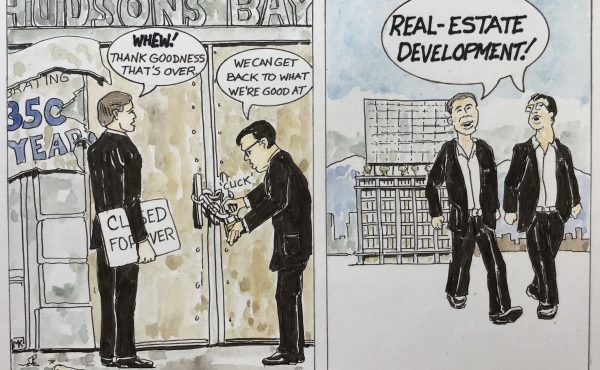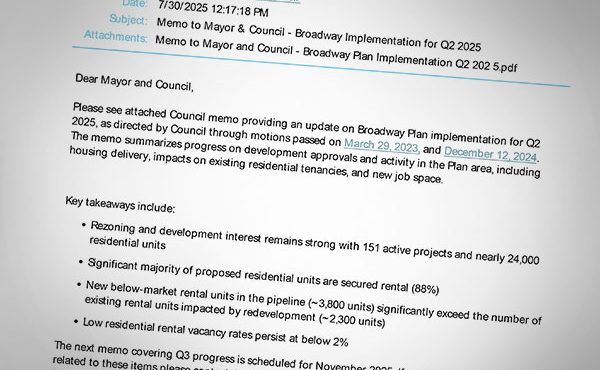

Authors: Richard Gilbert and Anthony Perl (1st edition, Earthscan Publications, 2008)
More and more I find myself on the corner of intersections wondering what will become of all that we’ve put into the transporting things. Streets. Cars. Highways. Airplanes. Boats. The businesses and political systems. So much human ingenuity…so much investment.  What will become of it all with drastic changes in the oil supplies that support this system? What impact will this have on our cities? How can we continue to move ourselves and the goods that we have come to rely on so heavily?
What will become of it all with drastic changes in the oil supplies that support this system? What impact will this have on our cities? How can we continue to move ourselves and the goods that we have come to rely on so heavily?
These seem like elementary questions to answer. And despite having read a countless number books and papers on the subject – both pessimistic and hopeful – I had yet to find anything that gave me a truly worthwhile vision of the future until reading Transport Revolutions: Moving People and Freight Without Oil.
Written by Canadians Richard Gilbert – a Toronto-based consultant who focuses on transport and energy issues worldwide – and Anthony Perl – Director of the Urban Studies Program at Simon Fraser University – this book’s focus is specific and targeted: how can, and should, motorized transportation – by air, land and water – change in the coming decades as the oil that fuels this system declines.
The seemingly straightforward nature of the task is an illusion. Transportation affects all aspects of our lives – from the way we design our cities and regions through to how we shop – and the authors go about painting an extremely convincing picture as to where we should be heading, what it could look like, and how to go about doing it.
Intelligently structured in a past-present-future sequence, the book starts with an engaging and interesting look at past examples of what the authors have called ‘transport revolutions’ – that is, “substantial changes in a society’s transport activity – moving people or freight, or both – that occurs in less than 25 years.” This is one of my favorite parts of the book and it looks at the circumstances, transformations, and implications of past ‘revolutions’ – such as America’s pause in motorization during World War II and the air freight revolution of the 1980’s to the present.
This then leads to a discussion of the present: what transportation looks like currently. Supported by extensive research, these chapters cover a diverse and comprehensive set of local and international transport-related information – from modes of transportation through energy and fuel issues to adverse impacts. Although this part of the book is information-heavy (and rightfully so) the read is broken up with an abundance of thought-provoking graphs and charts as well as information boxes that covers quirky statistics – such as, in 2007 “some 900 million road vehicles travelled 13 trillion km, on 10 million km of paved roads and 20 million km of unpaved roads.”
A seemingly logical extension of the lessons learned from past revolutions and the thorough analysis of the current state of transport and energy, the last chapters of the book deal with electrifying our transport system – what they believe is the most viable way to maintain high levels of transport activity while reducing oil use – as well as the steps required to achieve this. Adding to the credibility of their argument, they offer easily achievable short-term actions and more drastic long-term measures of transitioning to an oil-free transportation system – focusing less on technological innovation and more on practical tactics.
In contrast to many other “forecasting” books that either fall on doomsday pessimism or overly optimistic technological salvation, the tone of Transport Revolutions is genuine and straightforward. The authors recognize and describe the shortcomings in their argument(s) and data and bring readers with them as they reach the conclusions supporting this book.
Also, I wouldn’t be doing the book justice without paying tribute to the design of the book itself. Although it isn’t an avant-garde visual extravaganza (nor was it intended to be), one of the strongest features of the Transport Revolutions is how easy it is to access key information at a glance. The latter is facilitated by having all the main arguments and key points wisely written in bold text. Not only does this make all aspects of the book extremely clear, but also, it allows this data-rich book to be reaccessed easily for reference long after one has read it. This type of detail is rare in such books and adds to its credibility through demonstrating that the authors are not afraid to explicitly highlight their argument for people to see and critique.
As explained in the introduction of the book, one of the main objectives of Transport Revolutions was to create a book that was readily accessible to all types of readers interested in transportation – professionals, academics and general public alike. A very difficult undertaking given the complexity of the information involved. Yet, better than any such book I’ve read, Transport Revolutions truly delivers – offering readers of all types a concise and truthful description of intricate factors related to transportation and a compelling glimpse of our collective future.
This original 2008 edition has been followed up with a second updated paperback edition released in 2010 by New Society Publishers. It includes responses to transportation and energy events between the release of the first edition and the second such as the economic recession and the decline in vehicle sales. Either version is definitely worth reading for all those interested in what lies ahead for transportation and our cities.
***
Erick Villagomez is one of the founding editors at Spacing Vancouver. He is also an educator, independent researcher and designer with personal and professional interests in the urban landscapes. His private practice – Metis Design|Build – is an innovative practice dedicated to a collaborative and ecologically responsible approach to the design and construction of places. You can also see some of his drawing and digital painting adventures at Visual Thoughts.



